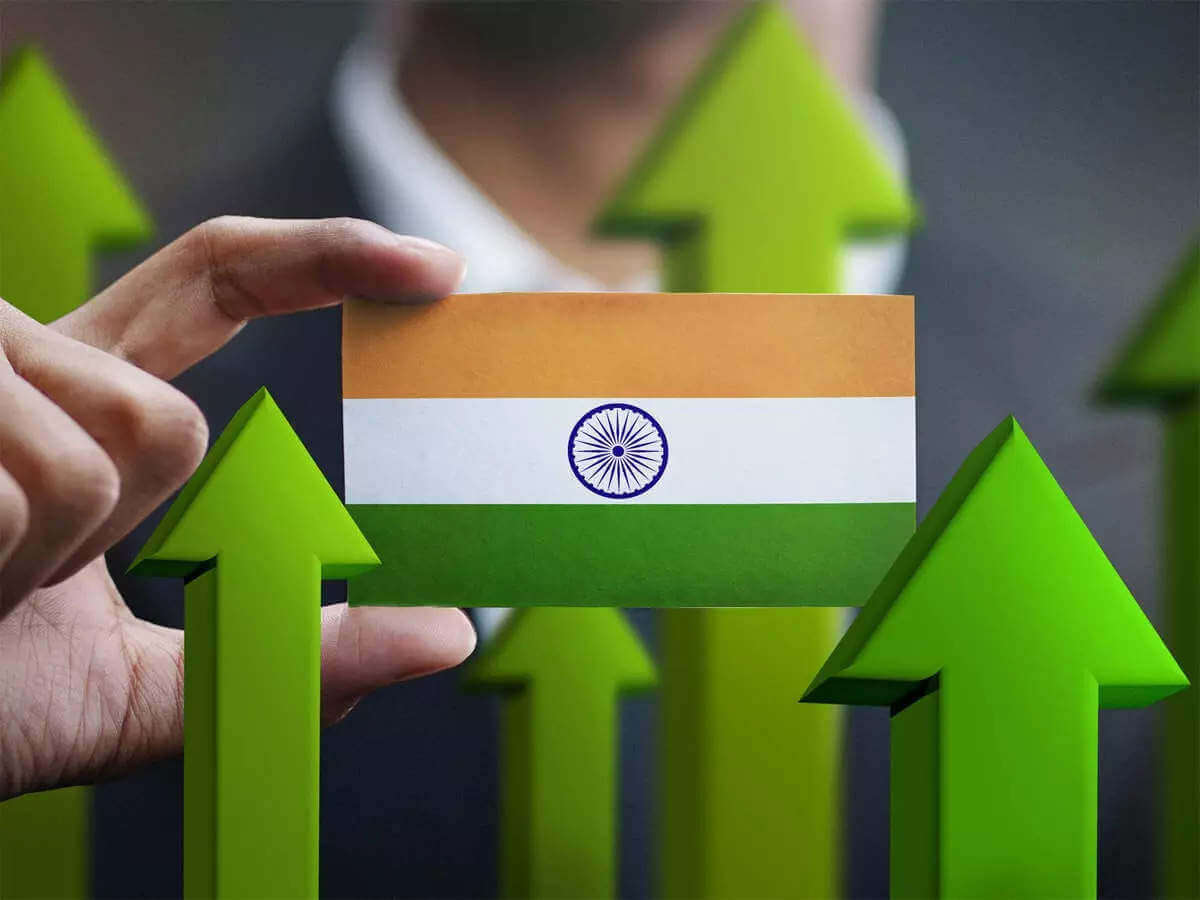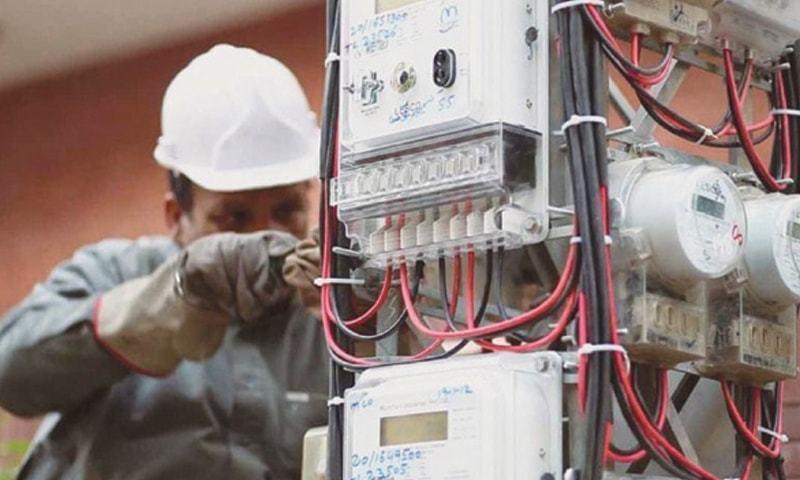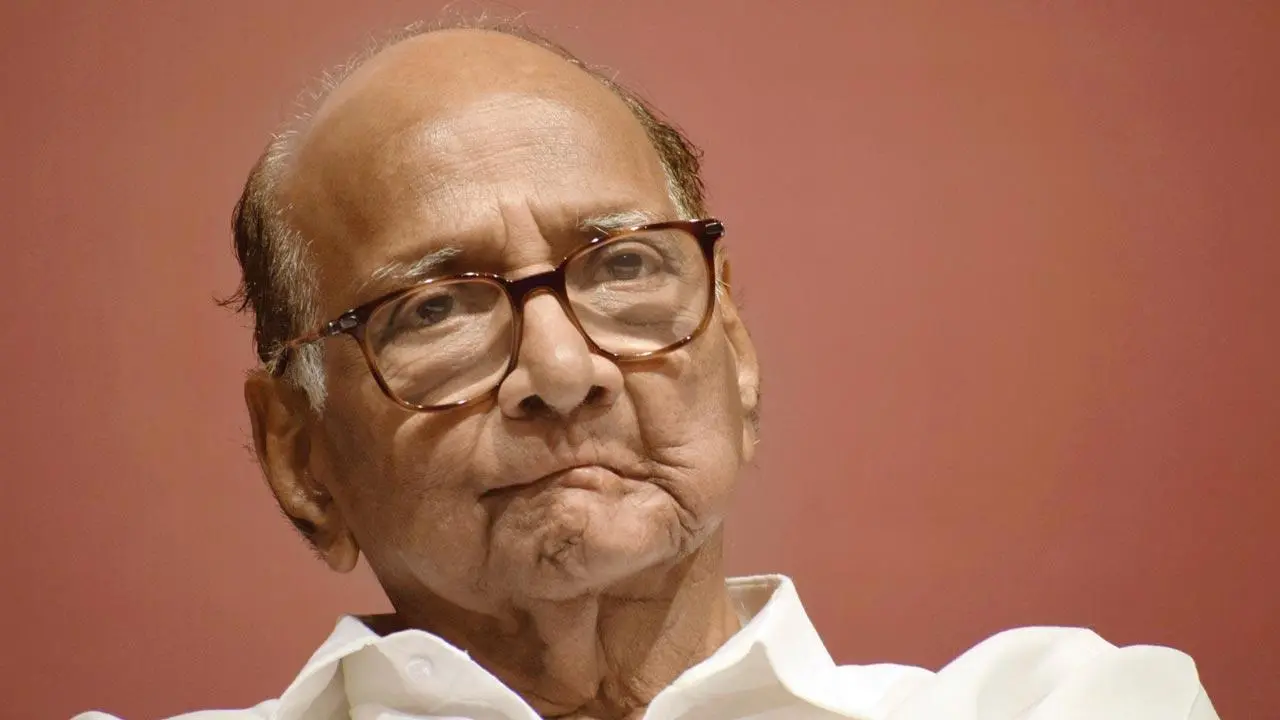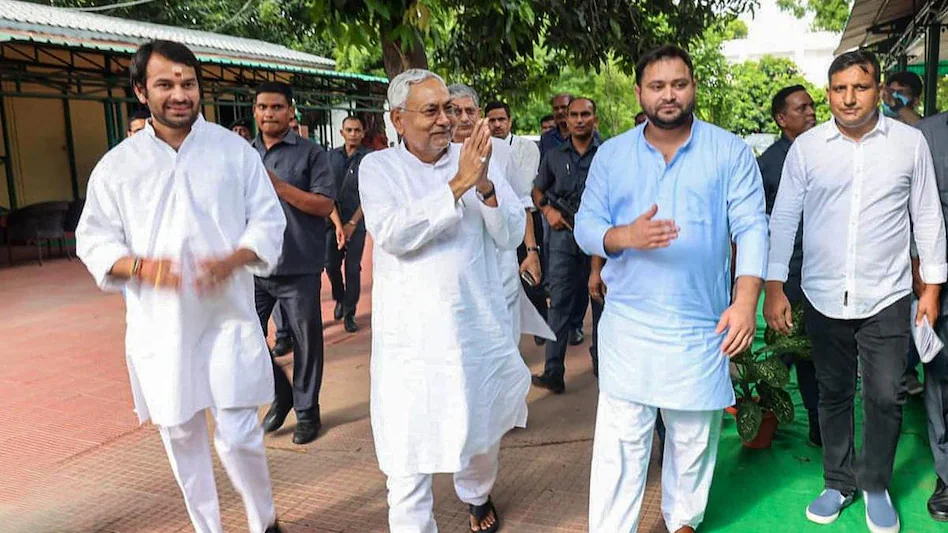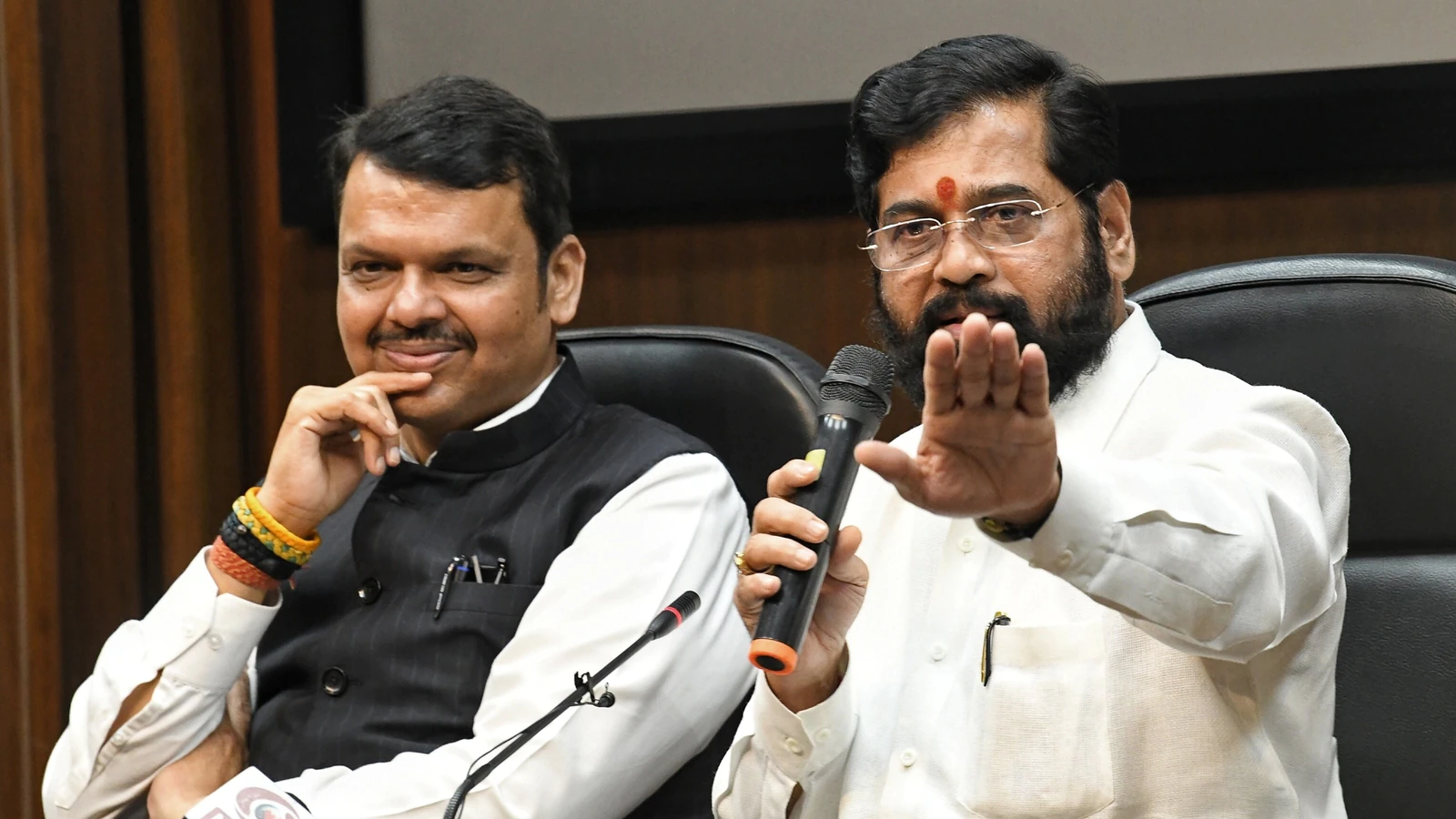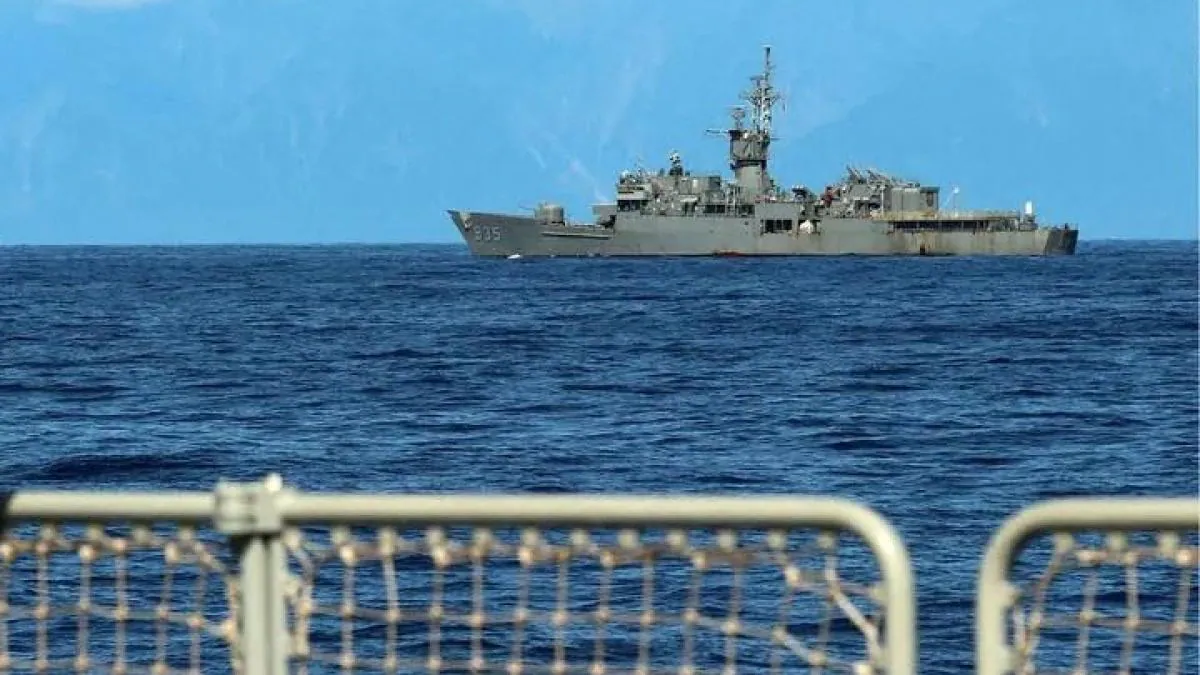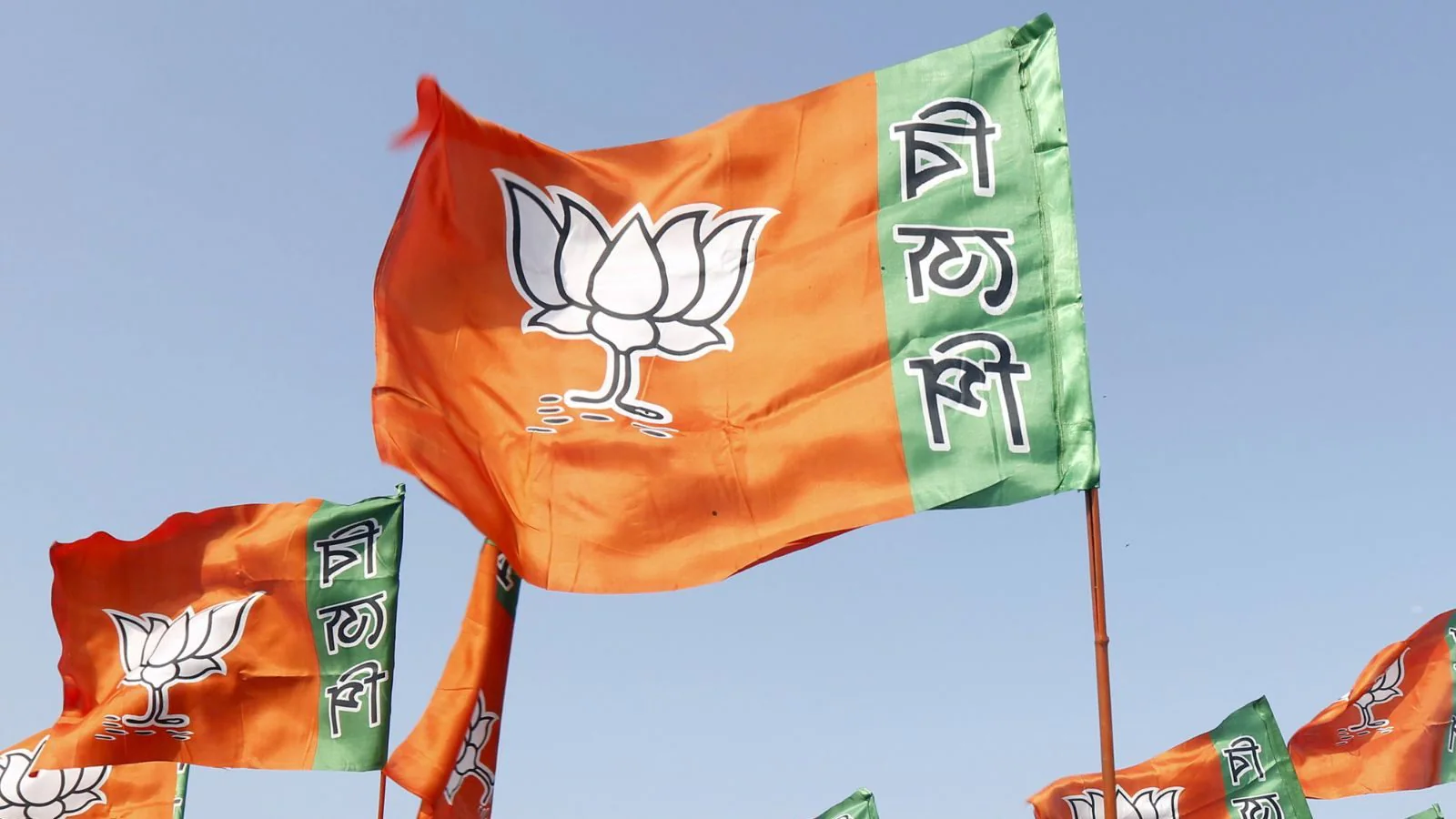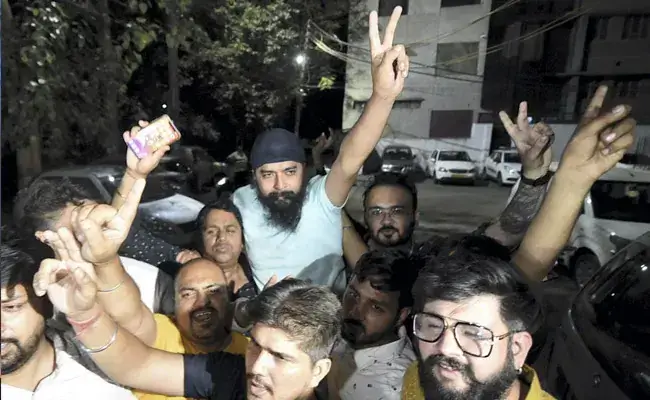Nagpur: The Indian economy has been gripped by the dire situations of Covid-19 and the ongoing Russia-Ukraine conflict, resulting in global inflation. However, the road ahead is still littered with potholes and snags.
India’s economic growth slowed to a halt in the fiscal year 2021-22, from January to March. According to data released by the National Statistical Office (NSO)., this reduced GDP growth in the full fiscal year 2021-22 to 8.7 percent.
In terms of numbers, GDP growth for the first quarter of FY 2021-22 (April-June) was 20.3%, 8.5% for the second quarter (July-September), 5.4% for the third quarter (October-December), and 4.1% for the fourth quarter (January-March of this year). In terms of the full year (April 2021 to March 2022), the country’s economic growth of 8.7 percent was lower than the 8.9 percent predicted by the government three months ago.
Forecasting the economy
According to economists, the current fiscal year (FY 2022-23) has been roiled as crude oil prices have hardened back to $120 per barrel following increased sanctions on Russian oil.

The economy was also impacted by a surge in retail and wholesale inflation, which caused a squeeze in the economy.
Economist at Deloitte India, Rumki Majumdar, stated that “The government’s intervention in the form of duty cuts on imports, subsidies on fertilisers and cooking gas, and duty cuts on fuels to protect consumers and businesses from high inflation is likely to impact the fiscal deficit in the coming quarters.”
India’s Inflation
The rise in retail and wholesale inflation has put India and the rest of the world in a bind.
According to Reuters, the government’s Chief Economic Adviser V Anantha Nageswaran stated that “Inflation pressures will remain elevated.”
Even with high inflation, the Reserve Bank of India raised the benchmark interest rate by 40 basis points. It is also expected to take similar measures when the Monetary Policy Committee meets on June 8 for its bimonthly review.
Meanwhile, India’s Chief Economic Advisor has ruled out the possibility of stagflation because the country is better positioned than other countries. In comparison to other countries, India faces a low risk of stagflation.
Stagflation, what exactly is it?
Stagflation is a period in which both inflation and unemployment are high, but GDP growth is moderate.
A ray of hope in the midst of global chaos
Momentum in the service sector will be the primary drivers of economic stabilisation. Except for crude oil and steel, all other infrastructure industries increased during the month.

